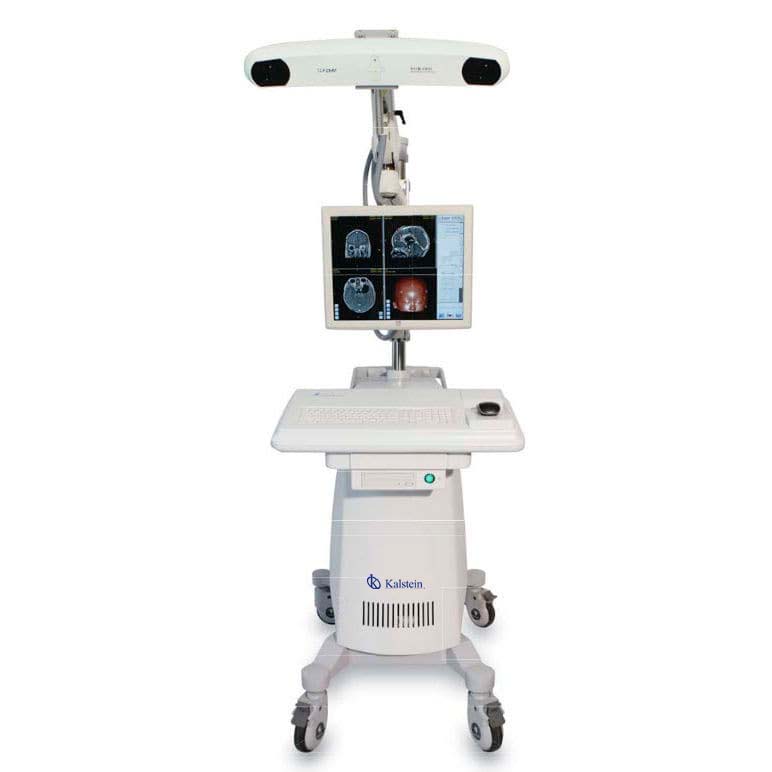One tool in the world of modern surgery that has significantly altered the field is the optical navigator. This unique tool is becoming increasingly common in operating theaters worldwide as a way to improve the accuracy of surgical control. Optical navigation uses an image-based system to guide the surgeon during the surgical procedure and during diagnostic studies, where many complications can be detected or ruled out with great accuracy.
Rather than simply relying on vision and a rough assumption of the location of deep organs and structures, the use of data and medical technology enables health professionals to obtain more accurate results. Although the experience of the surgeon will always be paramount, it will be enhanced with the use of these instruments; although by his academic training he knows the human anatomy in detail, now he will have detailed information even of small lesions that would not be detected otherwise
How do optical browsers improve surgical accuracy?
This technology has demonstrated an improvement in the accuracy of surgical control by providing very accurate data for the surgeon of a particular area. This data is collected through images of the surgical area that are processed to create a three-dimensional map. The three-dimensional map is generated to help surgeons navigate through the details of the area they wish to treat.
The construction of such maps gives the surgeon an accurate view of the location of all affected organs, which reduces the risk of unwanted errors, such as perforations, and increases the accuracy with which procedures can be done. This is so, since it is possible to estimate the position and size of the lesions to be corrected, preventing the occurrence of errors.
How do optical navigators help surgical accuracy?
Optical navigation helps surgeons perform surgical procedures faster and more easily. This technology is used to help doctors determine the exact location of tissues or organs and to design a surgical plan that will be carried out efficiently. The fact that the surgeon does not have to spend so much time locating deep organs and structures means that procedures are done more quickly, allowing patients to recover much faster.
Optical navigation is also useful for patients, allowing surgeons to make critical adjustments at the same time, saving time and reducing the patient’s journey through the operating room. This means less anesthesia for the patient, less extra work for the surgeon and a less traumatic operation.
Why do you have to have a surgical navigator?
In response to all of the above, the use of optical navigation in surgery has quickly become the norm thanks to its numerous benefits. It provides clinicians with accurate and accurate information about tissues and organs in their exact location, which helps prevent errors and optimize surgical times.
Optical navigation enables surgeons to perform procedures more accurately and with less time, eventually leading to faster recovery for patients. This modern technology can also significantly improve the overall quality of operation in an operating room, contributing to the success of surgical procedures. As mentioned, optical navigation plays a key role in improving surgical outcomes.
Kalstein’s surgical navigators
Surgeons now use surgical navigators to better control surgical procedures, and with those designed and produced with the Kalstein manufacturer, interventions can be planned with a high degree of reliability and confidence.
Kalstein surgical navigators allow to visualize with a high resolution and in 3D the tissues and organs to be intervened, with an accuracy of only one millimeter, being able to store the acquired data of the patient in case of sudden electrical cuts. Given the complexity of these instruments, specifications other than pricing and purchasing can be found at HERE and HERE




